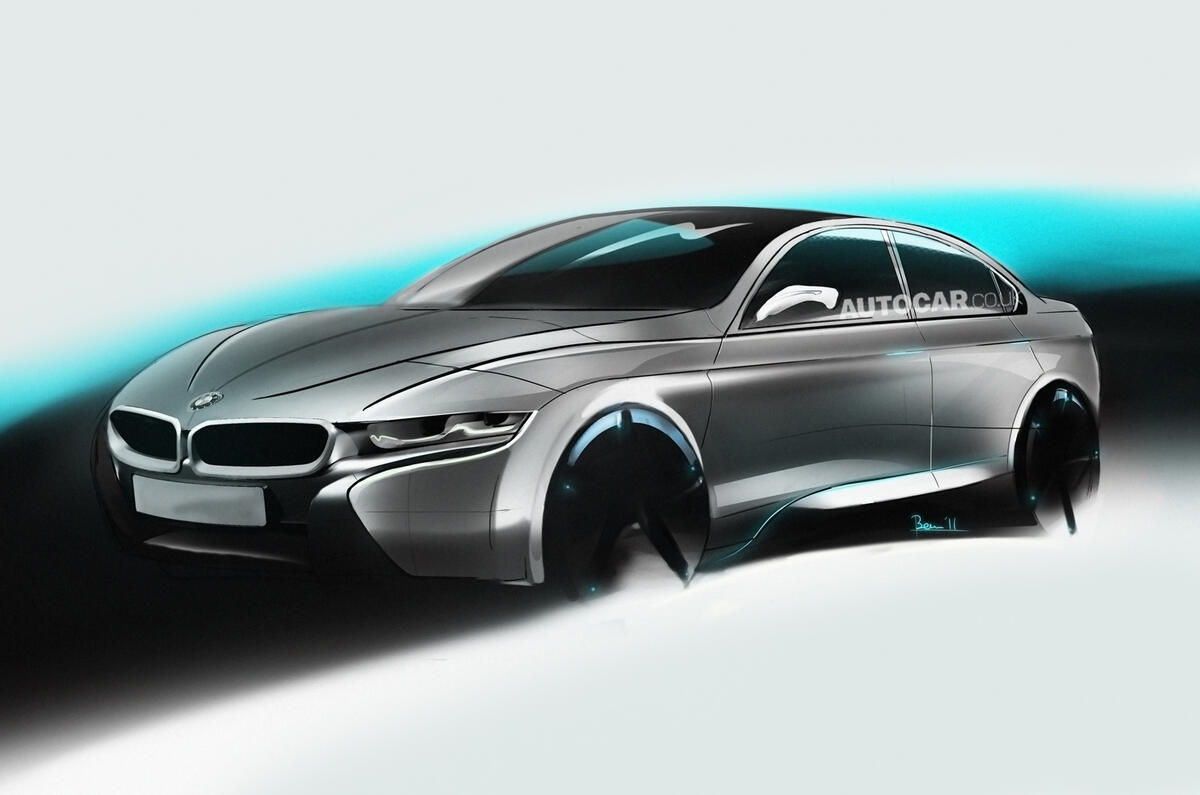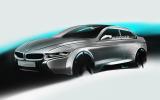The future seventh-generation BMW 3-series for 2020 will be designed to be safer, more frugal and more user-friendly than ever before. The push to reduce the 2020 car's emissions comes as new fuel economy regulations average out Co2 emissions based on sales across the whole of a manufacturer’s range.
Thanks to the new fuel-saving technology, less efficient cars in the BMW range - such as the BMW 7-series and BMW X5 - will be able to live on long into the third decade of the 21st century.
The BMW 3-series for 2020 will see a significant change in its make-up as the full impact of fuel-saving technology is brought into play.
Hilton Holloway looks into BMW's future tech:
Three-cylinder turbodiesel engine with electric motor assistThe sixth-gen 3-series may never employ a three-cylinder engine, but the next-gen model is set to. By 2020 the EU fleet average for all car makers is heading towards 95g/km of CO2, but BMW is targeting just 77g/km for this engine, dropping to 70g/km by 2025. An electric motor will assist with standing starts and help to pull longer gearing.
Advanced petrol engine tech and the demise of the diesel
Petrol engines will not be dead by 2020. They are cheaper to build than diesels, and those savings will partially offset the cost of building a hybrid system. BMW is testing a self-ignition running mode, but also under consideration is a combined injector and multi-point laser spark plug. The target Co2 figure is 80g/km, dropping to 70g/km by 2025.
Encapsulated engine and floorplan
The engine bay of the 2020 3-series will be almost completely enclosed, with an undertray running the full length of the car to help reduce aerodynamic drag. Even the suspension arms could be cast into an aero-friendly shape to keep the airflow as smooth as possible.
Laser sensorsSensors will be used to detect other vehicles, pedestrians and cyclists. They will help guide the car in narrow motorway lanes and will be able to override the steering to prevent the car straying out of its lanes.
Laser headlamps
Production ready in the next two to three years, so by 2020 they will be mainstream. Uses a photonic process to create white light that’s 1000 times brighter, 100 times smaller and twice as efficient as LEDs.
Aerodynamic wheel housingsMuch engineering effort is going into cutting drag around the wheels and inside the wheel housings. Taking inspiration from the BMW i8, the seventh-gen 3-series is likely to use scoops to channel air across the face of wheels, creating a ‘boundary layer’ to reduce turbulence.






















Add your comment